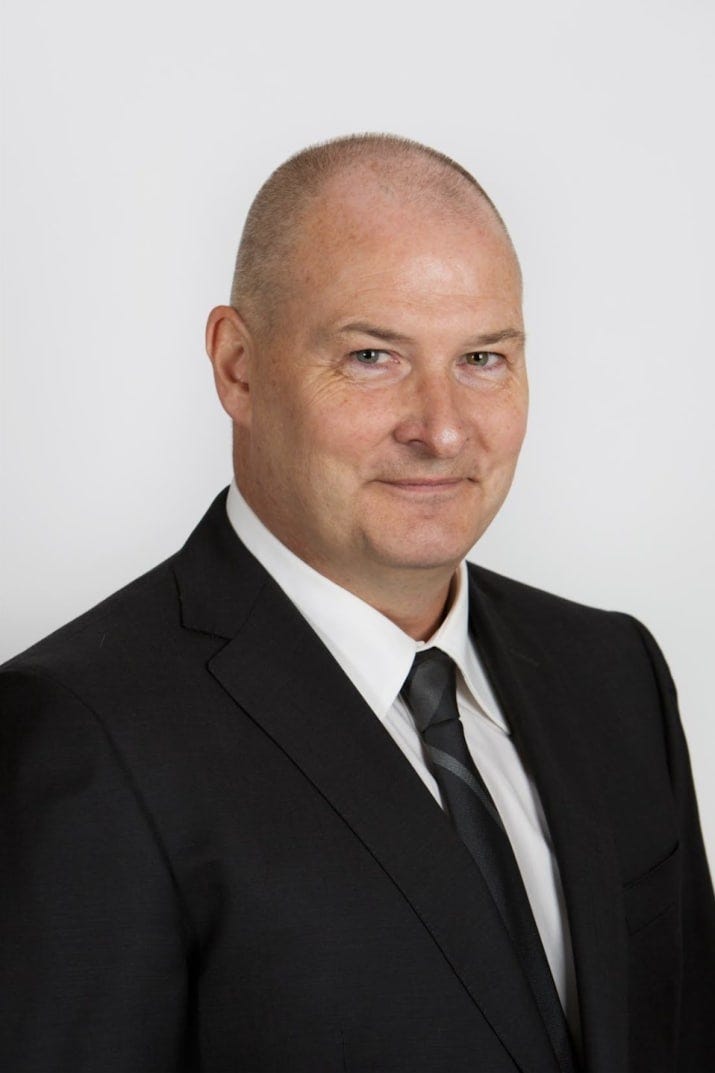Guiding The World To Greater Sustainability: With Lex Coors, Chief Data Center Technology And Engineering Officer At Interxion

I had the distinct pleasure of interviewing Lex Coors, Chief Data Center Technology and Engineering Officer at Interxion. We chatted a little bit about his backstory, how Interxion has helped guide the world to greater sustainability and more. Check out what he had to say!
What is your “backstory”
Over the past 25 years of my career, I have built exceptionally strong credentials in the design of versatile, cost-effective and energy-efficient data centre infrastructure.
During my time with Interxion I have pioneered several new approaches to data centre design and management, including the improvement of power ratio efficiency between server load and transformer load, and the industry’s first ever modular approach to data centre architecture.
I hold a position at the TGG Advisory Council, is active as the TGG chair for the Governmental Engagement Committee, TGG chair for Open Standard for Datacenters Availability (OSDA) and work as a stakeholder for the European Commission DG Joint Research Committee on Sustainability and the European Data Centre Code of Conduct Metrics Group. I am also a founding member of the EMEA Uptime Institute.
In 2010, I received the Personal Judges Award in Nice for Outstanding Contribution to the Datacenter Sector over the last 10 years by Broadgroup, and again by DCD in 2016.
I studied Mechanical Engineering and Management and Economics in Rotterdam.
How have you and INXN helped to guide the world towards greater sustainability?
As the Green Grid’s Global chair for the governmental engagement committee, being challenged by Governments on the use for Sustainable energy sources, I came up with this thought on why would a fault tolerant Solar datacenter build in an area where the sun always shines with 600 hrs of energy storage fall below the lowest accepted standard in the industry? OSDA (Open Standard for Datacenter Availability) came up as an idea to embrace data center innovation, driving toward sustainability and energy efficiency, and would not have started without the advice and support of George Rocket from DCD who gave me advice to bring this to TGG where I took the role as Global chair for the OSDA project.
What’s the story? The global data center design and availability standards most frequently used in our industry to classify data centers are not setup for short track innovations or contemporary design innovation. These standards include BICSI, ANSI/TIA 942 and Uptime which are used to categorize data centers by class (e.g. BICSI 0–3 and Uptime Tier I to IV) and the new EN50600. Although the first three standards have served the industry well for many years, a growing number of data centers in operation or in the construction process cannot be classified using these existing, fixed availability standards, this is one of the reasons why the EN50600 has been developed.
For example, innovative data center designs leveraging alternative energy sources (as opposed to diesel generators and UPS’s) or networked data center topologies cannot be properly classified with all of these established frameworks. This is not because these designs cannot deliver a similar or better availability, but because the established frameworks do not facilitate inclusion of these new design features.
As a result, data center visionary designs, using sustainable energy sources with a focus on efficiency, are sometimes willingly sacrificed because industry standards must be followed for compliance reasons. This results in significantly higher data center construction costs, operating costs and energy usage.
The Open Standard for Datacenter Availability (OSDA) is an “open standard” approach that is applicable to under-design or existing facilities and is more inclusive, non-proprietary, flexible and supported by stakeholders as a means of fostering industry collaboration and innovation.
In general, it takes several years to develop and implement a standard where the “open standard” provides the opportunity to react to our rapidly changing technologies.
OSDA is “open” in that it is non-proprietary and accepts ongoing contribution through The Green Grid. It is an “open standard” to the extent that it’s a tool developed by the global data center community and serves as a voluntary guidance framework for use by the industry. The intended application of the framework is data centers, and it addresses availability as the metric of measurement of the resilience and fitness for the intended purpose.
Which person or which company do you most admire for their efforts towards sustainability and why?
I would like to honor The Uptime Institute for its idea to have the green energy Czar and also Bill Weihl (at that time working for Google) reaching its goal of becoming carbon neutral since 2007. Today Google is still holding this position for 10 years.

Can you please share ways in which a business can make greater profits by having a sustainable energy plan.
1. Sustainable energy like wind energy today is lower in cost — in Europe — than fossil fuels
2. It allows for building your own off-site power plant, which with fossil fuels will be more expensive in a world where the grid power capacity is becoming less available or available over a period of multiple years
3. It provides us with the capabilities to build our own of site power generation
4. A company’s own corporate social responsibility program (and responsibilities)
In 2005 the global datacenter load was 17 GW; responsible for 102 billion metric tons of carbon dioxide equivalent. (In those there were carbon emissions with not much sustainable energy sources in use.)
The estimated global datacenter load for 2020 is estimated at 60 GW, which would lead to at least three times the amount or 300 billion metric tons of carbon dioxide equivalent. This is fortunately heading more in the direction of the equivalent, thanks to the large use of sustainable energy sources.
There is still a lot to do!


